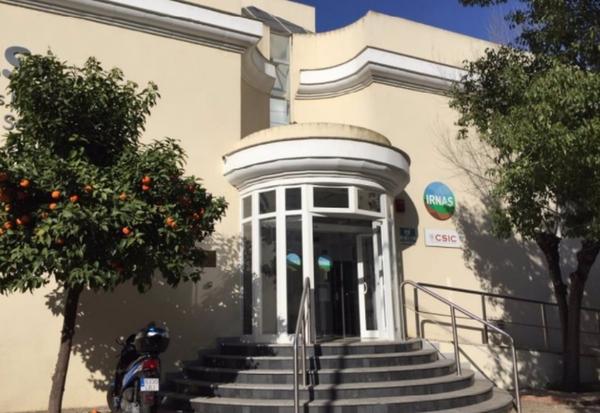A CSIC project in Andalusia monitors pollution in cities with plants and artificial intelligence
Seville, Jan 26.(Press Europa) -
The Institute of Natural Resources and Agrobiology of Seville (IRNAS), of the Higher Council for Scientific Research (CSIC), works on a European Union project called 'Watchplant', whose main objective is the development and experimental validation of a new technology of a technology , which consists of a biohíbrido system-which includes living plants and technological components of artificial intelligence (AI)-to address in situ environmental monitoring, mainly the measurement of pollution in cities, in order to establish a relationship with the Human health.
The aforementioned program, which is coordinated by the Technological Institute of Energy (ITE), has just completed a year of travel and is a Pathfinder project, included in the EU 2020 horizon, with a budget of 3.744.192 euros, according to the CSIC in a statement.
"From the IRNAS we take care of the entire part of plant physiology of the project that is key for both the development of biosensors and their self -food systems," said Virginia Hernández, one of the IRNAS researchers.
Specifically, from this institute they undertake primary project tasks such as analyzing the operation of cheaper and simpler sensors than those currently used to measure vegetable perspiration: evaluate sensors that measure electrical signals and try to relate them to physiological effects of pollution in plants,Determine the time of the optimal day to extract sap in relation to the generation of carbohydrates and amino acids.
Likewise, the project seeks to evaluate the most efficient substances to delay the closure of the conductors of the sap after the insertion of microagujas to extract sap and, finally, "" intends to establish a protocol for the sampling of sap and the identification of amino acids,Fitohormonas and sugars, which we will use as Biofuel for biopyls that are being developed in the project, "concluded the researcher.

In this first phase of the project, field work consists of monitoring tomato plants in the IRNAS greenhouse."The monitoring is made with semi -bass perspiration sensors and electrical signals that are developing groups belonging to the project and that we compare with other sensors and instrument measures that we usually use in our studies of plant physiology," added.
"We have chosen to do the field work in tomato since it is a species that is easy to cultivate and find in the different European countries integrated into the project.What is intended is to create a network of tomato plants implemented with the mentioned sensors, placed in exterior sites of private homes to act as pollutant monitoring stations, "said IRNAS researcher Antonio Díaz Espejo Espejo.
Protect Your Account with A Super-Secure Code.https: // t.CO/UA4ZZN9HKY
— FutureShift Mon Jul 26 03:00:25 +0000 2021
The relevance of this European project is multiple.First, it will mean opportunities for markets.In the sense of urban monitoring, the current sampling stations focus on pollutants.
"'Watchplant goes beyond these evaluations when comparing them with tracers of the health of urban vegetation in order to provide information to protect urban green areas, together with the health of urban vegetation," Virginia Hernández emphasized.
Thus, as regards the agri-food industry, the project will identify early signals in plants related to the infection of pathogens or drought events among others, offering control, prevention, planning or mitigation functionalities in the smart-agriculture through theEfficient use of resources.
Finally, in the field of forestry, it will allow control of the effects of climate change in forests and remote areas for ecosystems management by means of remote sensing thanks to its ecological characteristics to apply the correct policies.
Pollution prevention systems
In this way, when the project is finished, a tool is expected to carry out pollution forecast systems, development of pandemics and social networks to provide ecological and environmental feedback to citizens.
"With this tool, public environmental managers will be able.
Public companies and entities will be able to have a new model of energy generation more respectful of the environment, "which can also benefit citizens," said Díaz Espejo.The Technological Institute of Energy (ITE, Spain) coordinates this project with the 'KTH Royal Institute of Technology', Cybres, a research center of 'Advanced Robotics and Environmental Science';'Cim-Memes Projakt Sp.', an ingenuity company with experience in highly specialized design and analysis service;Fer, the University of Zagreb Faculty of Electrical Engineering and Computing;Lübeck University;and in the CSIC, the IRNAS and the Institute of Environmental Diagnosis and Water Studies (Idaea).
